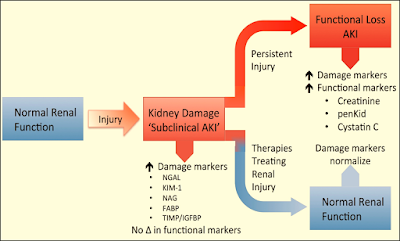Ventilators
-Early
ventilators consisted of the generation of negative pressure around the whole
of the patient’s body except the head and neck; these were called Cabinet or
Iron lung ventilators.
-A
negative pressure could also be applied over the thorax and abdomen: Cuirass
Ventilators.
Classification:
1. Pattern of gas flow during inspiration:
a) Pressure generators:
Constant pressure is produced by bellows or a moderate weight which
produces a decreasing inspiratory flow that alters with changes in lung
compliance
b) Flow generators:
Constant flow is produced by a piston, heavyweight, or compressed
gas. Flow is unaltered by changes in lung compliance although pressures will
vary. These ventilators have a high internal resistance to protect the patient
from high working pressures.
2. Power:
Pressure
generators are low powered whereas flow generators are high powered.
3. Cycling:
Change
from inspiration to expiration may be determined by:
a) Time:
The most common method. The duration of inspiration is predetermined, with the constant
flow it may be necessary to preset a TV; when this has been delivered there is
an inspiratory pause (improves distribution) before the inspiratory cycle ends.
b) Pressure:
Used as a pressure limit on other modes. The ventilator cycles into expiration when preset airway pressure is reached (delivers a different TV if compliance or
resistance changes). Inspiratory time varies according to compliance and
resistance.
c) Volume:
Usually used with an inspiratory flow restrictor. Cycles into expiration whenever
a preset TV is reached.
d) Flow:
Older ventilators.
4. Sophistication:
Newer
ventilators can function in many of the above-mentioned modes and have also weaning modes such
as SIMV, PS, and CPAP.
5. Function:
a) Minute volume dividers:
Fresh gas flow powers the ventilator. Minute volume equals the
FGF divided into pre-set tidal volumes, thus determining the frequency.
b) Bag squeezers:
Replaces the hand ventilation of a Mapleson D or circle system. It needs
an external power source.
c) Lightweight portable:
Powered by compressed gas and consists of the control unit and patient valve.






























